Power outage after storm, many families turned on generators to use, 6 people with gas poisoning had to be taken to the emergency room.
On September 9, Bai Chay Hospital treated 6 patients with CO poisoning from generators, 2 of whom fell into a coma and suffered critical respiratory failure.
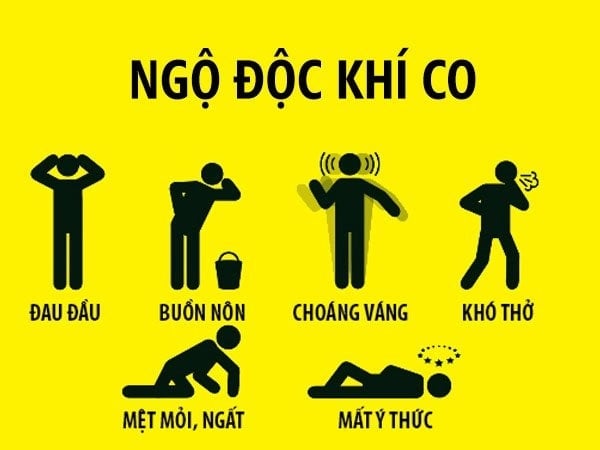 |
| Symptoms of CO poisoning. |
According to relatives, three of the patients belong to a family in Gieng Day ward, Ha Long city, Quang Ninh province, with ages ranging from 12 to 27. All slept in closed rooms all night, using generators.
Among them, a 24-year-old female patient and a 12-year-old male patient were admitted to the hospital in a coma, with severe respiratory failure, accompanied by severe metabolic acidosis, with a critical prognosis. Doctors at Bai Chay Hospital used active resuscitation measures such as endotracheal intubation, mechanical ventilation, etc.
Fortunately, the third patient, a 27-year-old male, suffered only mild poisoning and was still conscious, with no signs of respiratory failure. After initial first aid, all three were transferred to the Vietnam Maritime Medicine Hospital ( Hai Phong ) for further treatment.
At the same time, Bai Chay Hospital received 3 children from another family, residing in Ha Khau Ward, Ha Long City. The children were admitted with symptoms of dizziness, headache, shortness of breath, and vertigo, due to CO poisoning from the generator. The children's health is now stable and they are being monitored at the hospital's Pediatrics Department.
Previously, the Poison Control Center, Bach Mai Hospital received consecutive patients with symptoms of vomiting, coma, and respiratory failure due to CO (Carbon monoxide) poisoning. Specifically, 3 poisoning cases from a kitchen in Hanoi and a family of 2 mothers and children due to using a generator.
The patient who was poisoned in the kitchen of a restaurant in Hanoi recalled that in the kitchen of about 25-30 square meters, there were 6 people working together that morning. The kitchen did not have any unusual smell.
However, at around 9am, she fainted. When she woke up, she found out that another person had also fainted like her and another person with uncomfortable symptoms was brought here for treatment due to CO poisoning.
The doctor said that the CO concentration in my blood was very high, HbCO was up to more than 30% while normally it is only about less than 1%. The later consequences could be memory loss.
Also suffering from CO poisoning, the family of three in Nghe An was using a generator. The patient’s brother said that on the evening of August 8, around 8 p.m., the house lost power, so his brother’s family used a generator for about four hours to turn on the air conditioner in a closed room of 15-20 square meters.
The family has been using this generator for a long time, but this time it was placed in a room connected to the bedroom. On the morning of August 9, at 9am, the family discovered that all three members of the younger brother's family were in a coma, with vomit next to them.
The father suffered mild poisoning and was treated locally and discharged from the hospital. The mother and child were intubated and taken directly to the Poison Control Center at Bach Mai Hospital. There, the mother and child received treatment, including resuscitation and medications to prevent brain damage.
CO is a colorless, odorless gas that does not irritate the respiratory tract. Therefore, it is very difficult to detect the presence of CO in the air.
CO gas is formed by the incomplete combustion of carbon-containing materials such as: gasoline, oil, natural gas, wood or charcoal, plastic, fabric, straw, stubble... or in some special cases, chemicals are absorbed through the skin into the body and then converted into CO gas and cause poisoning.
CO gas is quickly absorbed into the body and causes poisoning. In mild cases, it causes nausea, headaches, and can be mistaken for flu or food poisoning. In severe cases, it can cause people/animals to inhale and become unconscious and die.
Because CO gas from the air is quickly absorbed through the respiratory tract into the blood, in the blood, CO binds tightly to red blood cells, causing the blood to lose its ability to transport oxygen to the organs. When it reaches the organs, CO inhibits and suffocates cell activity, causing cell death and a series of complex chain reactions and acute damage as well as later sequelae.
The organs that are most commonly damaged and often severely and first affected are the brain, heart, muscles and other organs. The consequences of poisoning are brain, heart and organ damage, collapse, death or long-term sequelae.
Doctor Nguyen Trung Nguyen, Director of the Poison Control Center, 50% of patients with mild CO poisoning, after treatment, will still suffer from mental and neurological sequelae, dementia, and memory loss later on.
One-third of those with initial severe poisoning who have cardiovascular damage will die within 8 years of the incident due to arrhythmias.
People over 35 years old who are poisoned by CO are at higher risk of complications. Early and active treatment will reduce the severity, reduce the risk of death and limit complications.
Currently in life there are new risks of CO poisoning, besides many machines and equipment using gasoline as fuel, it is worth noting that modern circumstances do not require fire or explosion to generate CO or new generation equipment can use gas that we are not yet familiar with such as forklifts, ice rink resurfacing machines, anesthetic gas adsorption units, coffee bean roasters.
There are even paint stripper chemicals containing methylene chloride and methylene bromide that can penetrate the skin into the body and then be converted into CO gas in the body and slowly cause poisoning,...
Obviously, the authorities need to have management and inspection measures to ensure that these machinery and chemicals are of good quality and safe. These equipment and chemicals must always be accompanied by warnings of the risk of poisoning so that consumers know and avoid them.
“All places where CO gas can be generated, such as kitchens, need to have devices installed to monitor and alert CO and gas concentrations, promptly detect and avoid unfortunate poisoning or explosion incidents,” Dr. Nguyen Trung Nguyen recommends.
Faced with many cases of CO poisoning after the storm, doctors recommend that people use generators in a well-ventilated area with air circulation, not in a closed room.
In case of detecting someone suffering from CO gas suffocation, quickly open the door to ventilate, remove the victim from the area with toxic gas and take them to the nearest medical facility for timely emergency care.
Source: https://baodautu.vn/6-nguoi-ngo-doc-khi-co-do-dung-may-phat-dien-sau-bao-d224440.html



![[Photo] Special flag-raising ceremony to celebrate the 135th birthday of President Ho Chi Minh](https://vphoto.vietnam.vn/thumb/1200x675/vietnam/resource/IMAGE/2025/5/19/1c5ec80249cc4ef3a5226e366e7e58f1)
![[Photo] Party and State leaders visit President Ho Chi Minh's Mausoleum](https://vphoto.vietnam.vn/thumb/1200x675/vietnam/resource/IMAGE/2025/5/19/d7e02f242af84752902b22a7208674ac)
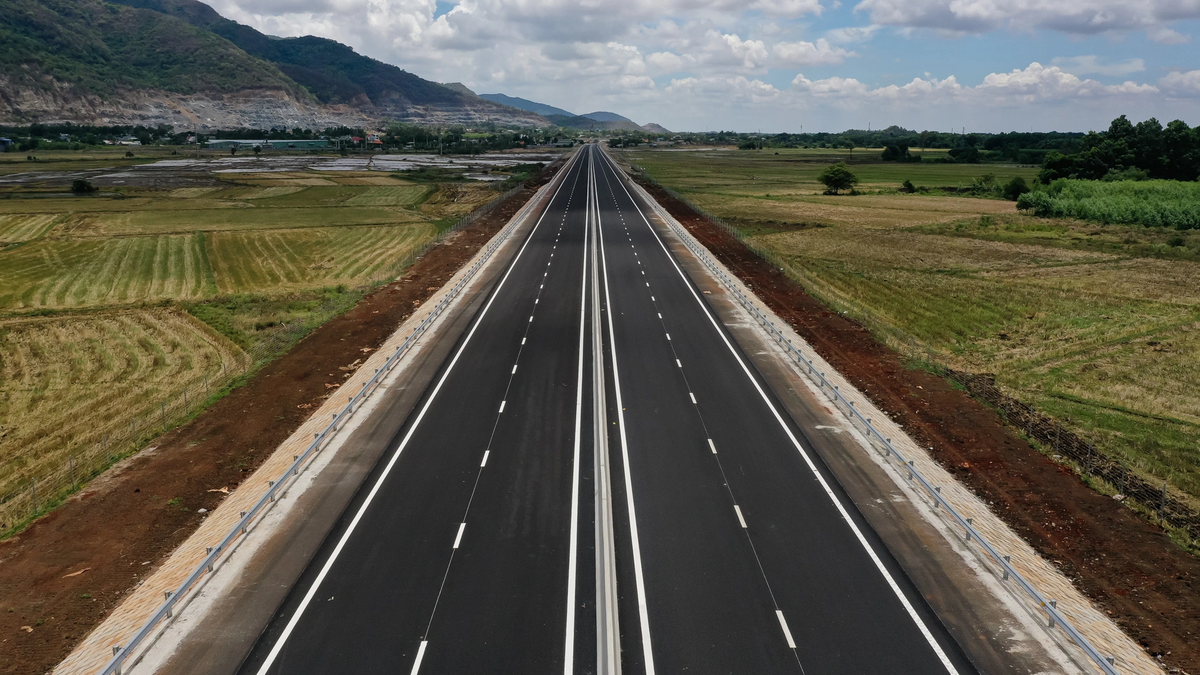

![[Photo] Party and State leaders attend the special art program "You are Ho Chi Minh"](https://vphoto.vietnam.vn/thumb/1200x675/vietnam/resource/IMAGE/2025/5/18/6895913f94fd4c51aa4564ab14c3f250)
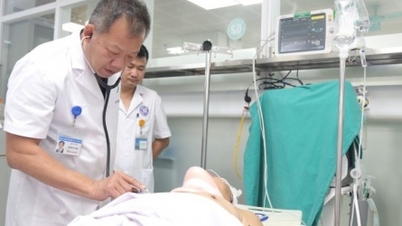


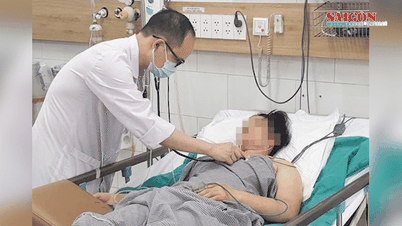

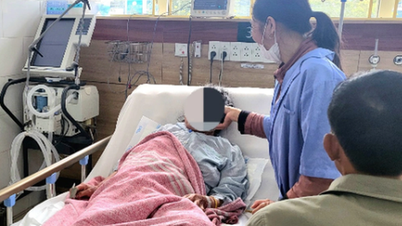







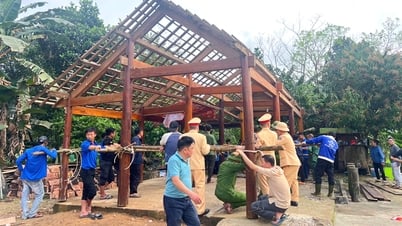









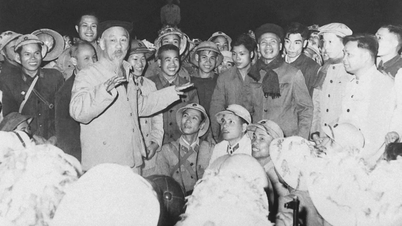
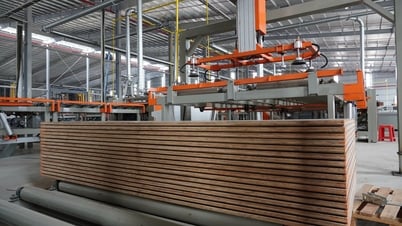









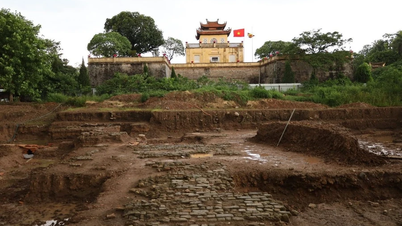

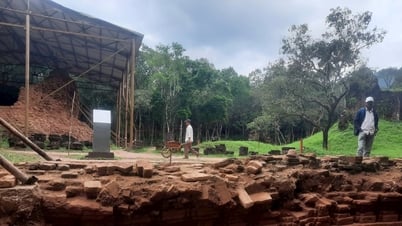


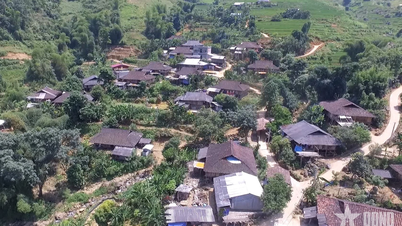

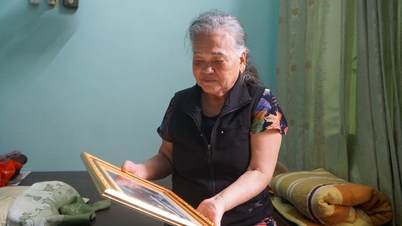





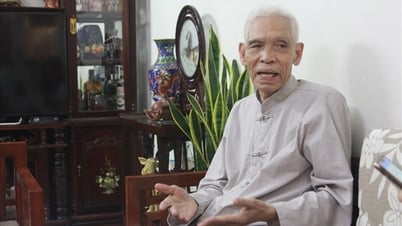















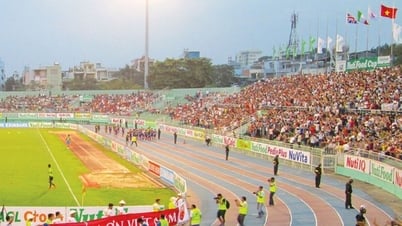

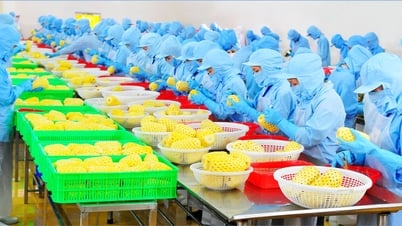






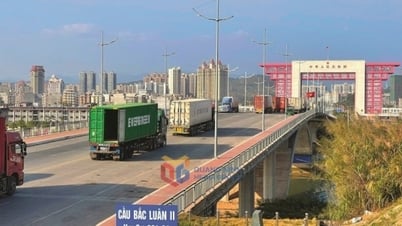










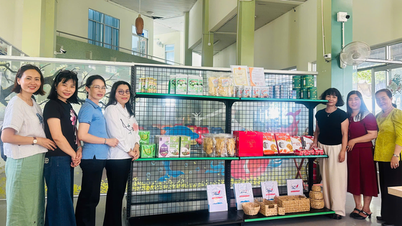

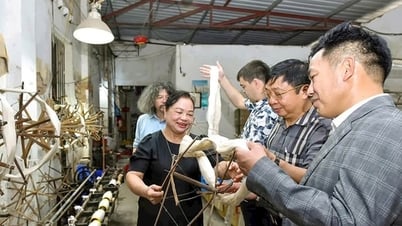



Comment (0)